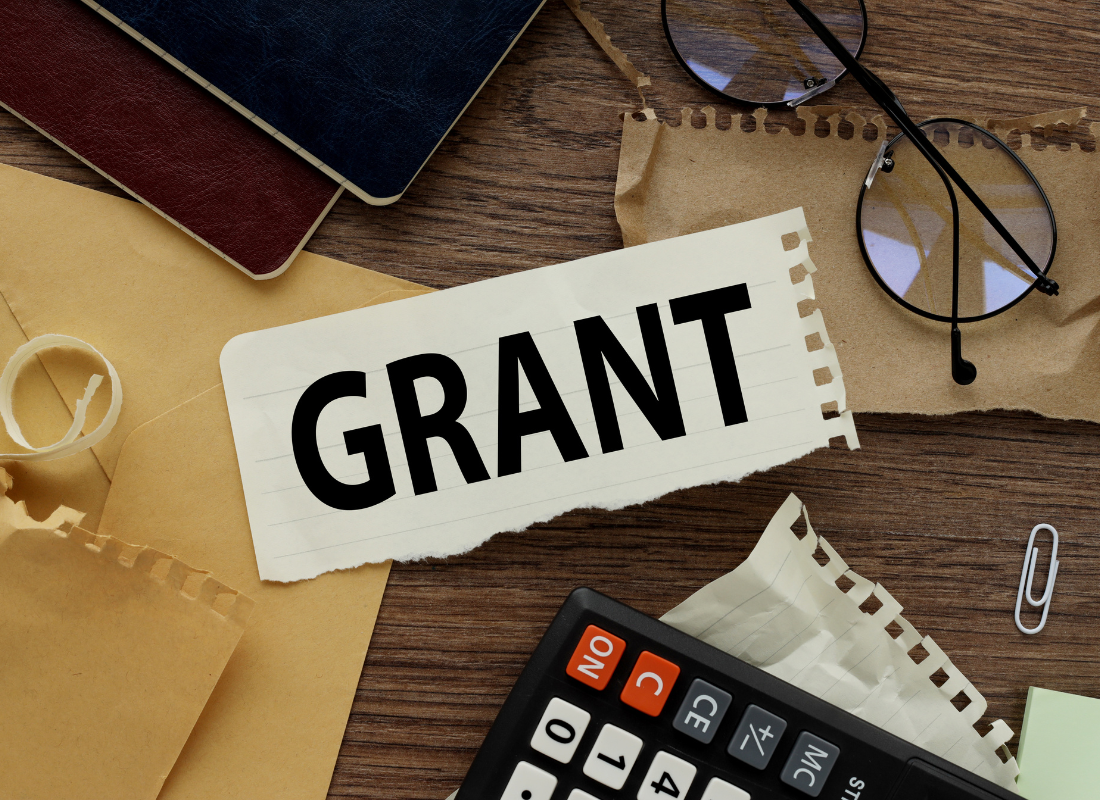Nonprofit Audit Checklist: How to Effectively Prepare
Originally published on August 21, 2025
Audits shouldn’t steal time from your mission. Your nonprofit might be running life-changing programs or managing multimillion-dollar funding cycles. But when audit time rolls around, even the most mission-driven teams can get overwhelmed. Scrambling to pull documents, clarify transactions or fix reporting gaps wastes valuable time and creates unnecessary stress.
That’s why audit prep shouldn’t start when your CPA sends a request list. It should start well before year-end. A smooth audit means more than just checking a compliance box. It helps you secure future funding, builds trust with donors and keeps your financial house in order. For nonprofits, this isn’t just a best practice. It’s a leadership priority.
We work with nonprofit leaders across Florida and beyond who want to be ready, not reactive. Here’s a practical, proven checklist to help your organization prepare with confidence.
Organize financial records and documentation
If your books tell the story of your organization, your documentation is the proof. Putting organized, accurate records together is one of the most impactful ways to make your audit process more efficient. It also shows your stakeholders that you’re committed to accountability.
Start with these essentials:
- Review prior audit findings and confirm all recommendations have been addressed.
- Confirm board approval of audited financial statements from the previous year.
- Ensure bylaws, board minutes and governance documents are up to date.
- Have an organized system for filing the following documentation:
- Bank and credit card statements and reconciliations
- Payroll reports and benefit plan summaries
- Grant agreements and donor letters documenting restrictions
- Board meeting minutes, governance policies and conflict of interest statements
- Fixed asset registers with depreciation schedules
- Vendor contracts and invoices
- Employee expense reports with receipts
You should also keep documentation for any in-kind donations, endowment funds and program-specific spending tied to grants. The IRS requires tax-exempt organizations to maintain clear financial records, and so do many state agencies. Well-organized records reduce the risk of audit findings and speed up the review process.
At James Moore, we’ve seen that nonprofits with structured filing systems (whether cloud-based or internal servers) experience fewer audit delays. Use consistent file naming, keep scanned source documents in logical folders and make sure your finance team and leadership are aligned on what’s been prepared.
Proper documentation is more than just a paper trail. It’s a signal to your auditors, board and donors that your organization values transparency and is ready to demonstrate it.
Review internal controls
Internal controls are the policies and procedures that keep your financial systems honest and reliable. These controls are not optional for nonprofits. They’re essential for protecting assets, maintaining compliance and reducing the risk of fraud.
Auditors pay close attention to internal controls during the planning and risk assessment phases of the audit. They want to know who has access to your systems, who approves expenditures and who reconciles your accounts. If the same person is doing all three, that’s a red flag.
Start by reviewing the following:
- Segregation of duties across cash handling, recording and approving
- Dual sign-off requirements for large payments or transfers
- Formal policies for expense reimbursements, procurement and travel
- Authorization procedures for budget changes or restricted fund usage
- Access controls for accounting software and bank platforms
- Fraud prevention and detection policies
Best practice is to have these controls and processes listed in your financial policies and procedures, and to have documentation to support that your team is following those policies and procedures consistently. An example of documentation could be a sign-off sheet for checks received in the mail. Who receives them, who processes them and who deposits them?. This is also a good time to evaluate any internal audits or board finance committee reviews from the past year. If recommendations were made, confirm they were implemented. These follow-ups demonstrate a commitment to strong governance.
Reconcile accounts
Reconciliations are where a lot of audit delays begin. When your general ledger doesn’t match up with supporting documents, your auditor has to stop and ask questions. That creates more back and forth, higher audit costs and potential adjustments that could affect your financial statements.
Every nonprofit should reconcile its key accounts before the audit begins. This includes:
- Bank accounts and credit cards
- Grants receivable, prepaids and deferred revenue
- Accounts payable and accrued expenses
- Temporarily and permanently restricted net assets
- Fixed asset schedules tied to general ledger balances
Each balance on your financial statements should tie back to a schedule or supporting document. For example, if your books show $500,000 in restricted contributions, be ready to produce donor letters or grant agreements that support that amount.
Also, don’t overlook sub-ledgers. If your accounts payable sub-ledger shows a different number than your general ledger, that will need to be explained and adjusted.
A detailed reconciliation process will save you time during the audit and reduce the risk of surprise findings.
Prepare key schedules and reports
Once your accounts are reconciled, it’s time to gather the schedules your auditors will expect to see. These reports support your numbers and give your auditors a roadmap to understand your operations, your spending patterns and your compliance with donor or grant requirements.
Start by preparing these core audit schedules:
- A detailed fixed asset schedule showing purchases, disposals and accumulated depreciation
- Aging schedules for accounts receivable and accounts payable
- Prepaid expense and deferred revenue schedules
- Grant schedules showing revenue received, restricted use and spending to date
- Contributions and pledges receivable schedule
- Investment summaries that tie to statements and reflect market value adjustments
- Cost allocation reports showing how salaries and other shared expenses are split across programs and administrative functions
When you prepare these schedules early, your audit team can spend less time asking for support and more time analyzing your data. That leads to faster turnarounds and a more efficient audit overall.
Strong reporting doesn’t just help with your audit. It also builds confidence with donors, foundations and board members. A clean audit report with no findings is often required for future funding. It shows your organization is managing public dollars with the care and structure they expect.
Communicate with the auditor early
One of the most important steps in audit preparation is proactive communication. Too often, nonprofits wait until the request list arrives to begin planning. That is a missed opportunity.
Contact your auditor at least 60 days before year-end. Use that time to:
- Confirm the audit timeline and schedule fieldwork dates
- Discuss changes in operations, such as new programs or large gifts
- Review accounting policy updates or new grant agreements
- Request a preliminary audit checklist or sample list of documents
- Share major events that could affect financials, like leadership turnover or new leases
Most audit firms will also provide a PBC (prepared by client) checklist. This outlines exactly what documents and schedules your auditor expects to receive. The earlier you get that list, the more time you have to prepare thoroughly.
Establishing open communication early also allows you to flag any potential concerns. If you had challenges with restricted funds, timing of revenue recognition or unusual transactions, your auditor can help you navigate them before the audit begins.
Strong communication helps you partner with your auditor to strengthen your nonprofit’s accountability and financial transparency. And that’s a message your stakeholders will appreciate.
Ready for audit season? Start now, not later
Audit readiness means setting up your nonprofit to operate with clarity, transparency and confidence every day. When your financial records are clean, your controls are strong, and your schedules are prepared, your audit becomes a confirmation of the good work you’re already doing.
If your organization could use support with financial reporting, internal controls or audit preparation, the nonprofit specialists at James Moore are ready to help. We work with nonprofits across Florida and beyond to build efficient systems, improve compliance and reduce audit stress.
Contact a James Moore professional today and get ahead of the audit curve with the confidence your mission deserves.
All content provided in this article is for informational purposes only. Matters discussed in this article are subject to change. For up-to-date information on this subject please contact a James Moore professional. James Moore will not be held responsible for any claim, loss, damage or inconvenience caused as a result of any information within these pages or any information accessed through this site.
Other Posts You Might Like




